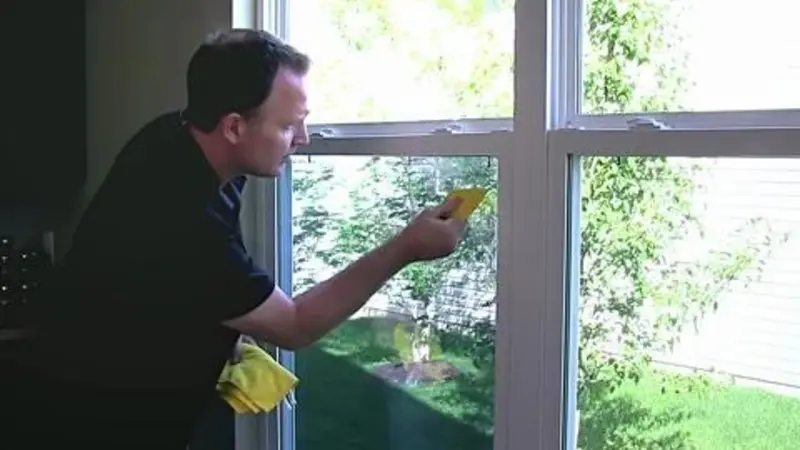Removing window tints without heat can be simple and effective with the right tools and techniques. Following the step-by-step guide and utilizing alternative methods, you can successfully remove old or damaged window tints from your vehicle or home windows. Not only does this improve visibility and aesthetics, but it also ensures that your windows are in top condition.
Why would someone want to remove window tint?

People might want to remove window tint from their vehicle or home windows for various reasons. Over time, window tint can start to peel, bubble, or discolour, making it look unsightly and affecting visibility. If the tint was improperly installed or is no longer serving its purpose effectively, removing it becomes necessary.
Some individuals may also prefer a change in aesthetic or want to improve the overall appearance of their car or living space by removing old or outdated window tint. They can explore new tint options that better suit their style and needs.
For those selling a vehicle or moving into a rental property with existing window tint that doesn’t align with personal preferences, removing the tint offers a clean slate for customization.
Tools needed for the removal process
When removing window tint without heat, the right tools are key to a successful process. You’ll need a few basic items that you may already have lying around at home or can easily pick up at a hardware store.
First and foremost, you’ll need a razor blade or sharp knife to carefully peel off the tint from the window. Ensure it’s sharp to avoid tearing or damage to the glass.
Next, grab some soapy water in a spray bottle. This will help loosen the adhesive holding the tint in place and make removing it easier.
You’ll also want some old newspapers or paper towels to cover the windows as you work on them. This will protect your car’s interior from any moisture or debris during removal.
Keep a trash bag handy for disposing of the removed tint and any excess adhesive that may come off with it. Having these tools ready will make your window tint removal job much smoother and more efficient.
Step-by-step guide on removing window tint without heat

Removing window tints without heat can seem daunting, but it can be done efficiently with the right tools and techniques. You can follow the steps in this guide.
Start by spraying a soapy water solution on the inside of the window tint. This will help loosen the adhesive holding the tint in place.
Next, cover the wet tint with a black trash bag or plastic wrap to prevent it from drying out too quickly. Let it sit for about an hour to allow the adhesive to soften further.
After waiting, slowly peel off the tint, starting from one corner. Use a razor blade or scraper to lift any stubborn spots gently.
Once you have removed all the tints, use ammonia-based cleaner or vinegar to remove any leftover adhesive residue on the glass.
Finish by wiping the window with a clean cloth to ensure it’s free from any remaining residue or streaks.
Alternative methods for removing window tint
When it comes to removing window tint without heat, there are alternative methods you can try if you don’t have access to a heat gun or hairdryer. One popular method involves using soapy water and a razor blade. Spray the tint with soapy water and let it sit for a few minutes to soften the adhesive. Then, carefully slide the razor blade under the corner of the tint and peel it off slowly.
Another alternative method is using an ammonia-based cleaner or vinegar solution. Spray either of these solutions on the tinted area and cover it with plastic wrap to prevent evaporation. Let it sit for a few hours or overnight before peeling off the tint.
If you prefer not to use chemicals, consider using steam as an alternative method. Boil water in a pot and hold the steaming pot close to the interior side of your window where you want to remove the tint. The steam will help soften the adhesive, making peeling easier.
Tips and tricks for a successful removal
When successfully removing window tint without heat, a few tips and tricks can make the process smoother. One helpful tip is to spray a mixture of water and dish soap on the tinted surface. This solution helps loosen the adhesive, making it easier to peel off the film.
Another trick is to use a razor blade or scraper tool at a slight angle to carefully lift the edges of the tint. Be cautious not to damage the glass while doing this. Patience is key during this process; take time and work slowly to avoid tearing or leaving residue behind.
Applying vinegar or ammonia for stubborn spots can help dissolve tough adhesive residue left on the window. Make sure to clean the glass thoroughly after using these solutions.
Benefits of removing window tint without heat
When removing window tints without heat, several benefits make this method appealing. One of the main advantages is that you can avoid the potential risks associated with using heat, such as damaging the window or surrounding areas. You can protect your windows and ensure a safer removal experience by opting for a heat-free removal process.
Another benefit of removing window tints without heat is the cost-effectiveness of this method. You won’t need to invest in specialized tools or equipment like steamers or hair dryers, making it a more budget-friendly option. Following a step-by-step guide for heat-free removal, you can achieve professional-looking results without relying on expensive services.
Removing window tints without heat allows for greater control over the process. You can work at your own pace and focus on stubborn areas without rushing due to time constraints related to using heat methods. This flexibility enables you to tackle the task with precision and attention to detail.
Removing window tints without heat offers convenience, affordability, and control throughout removal. If you’re a DIY enthusiast looking for an efficient way to refresh your windows’ appearance, this method provides numerous benefits.




